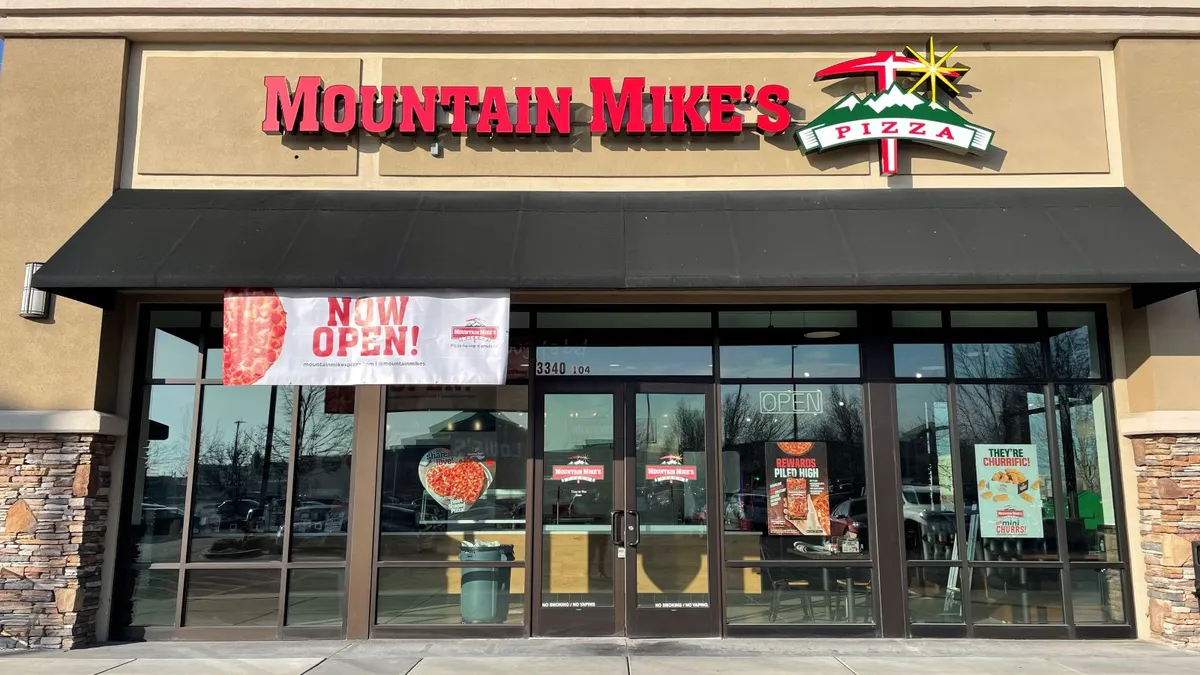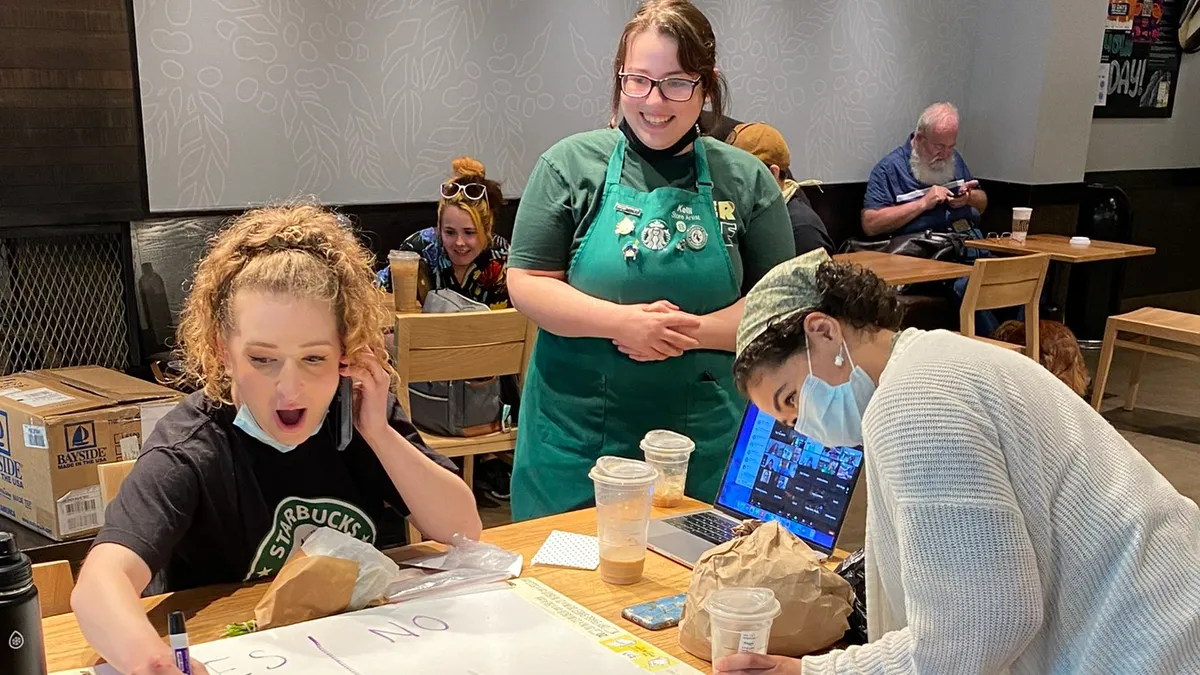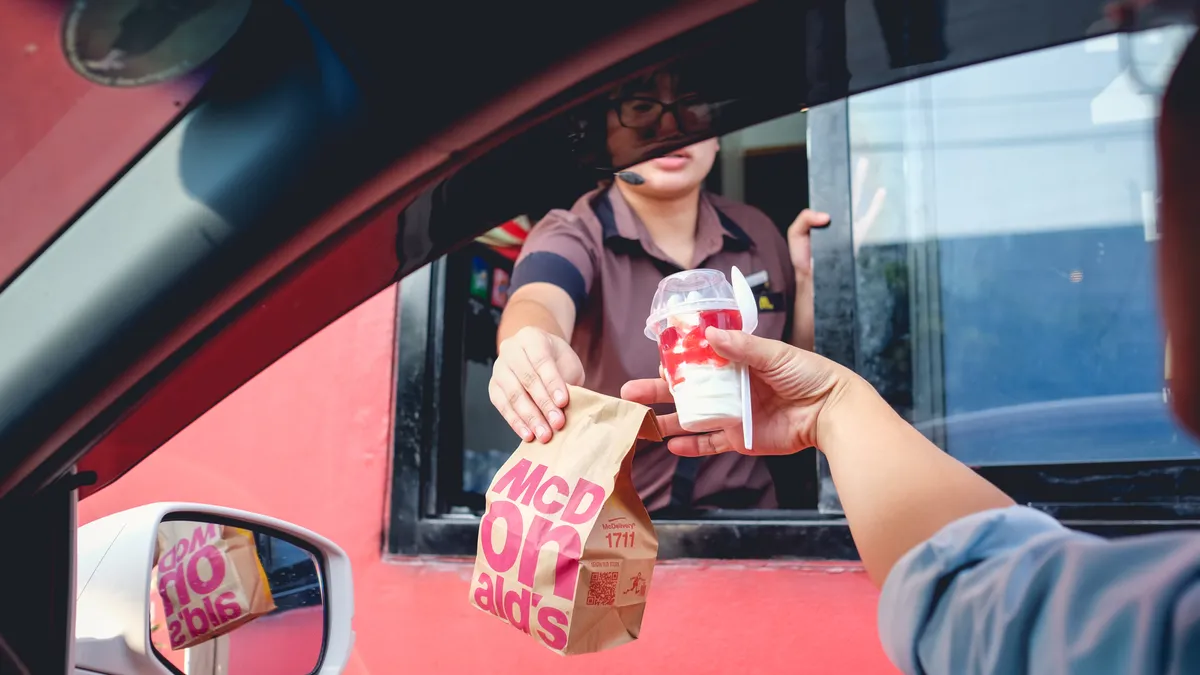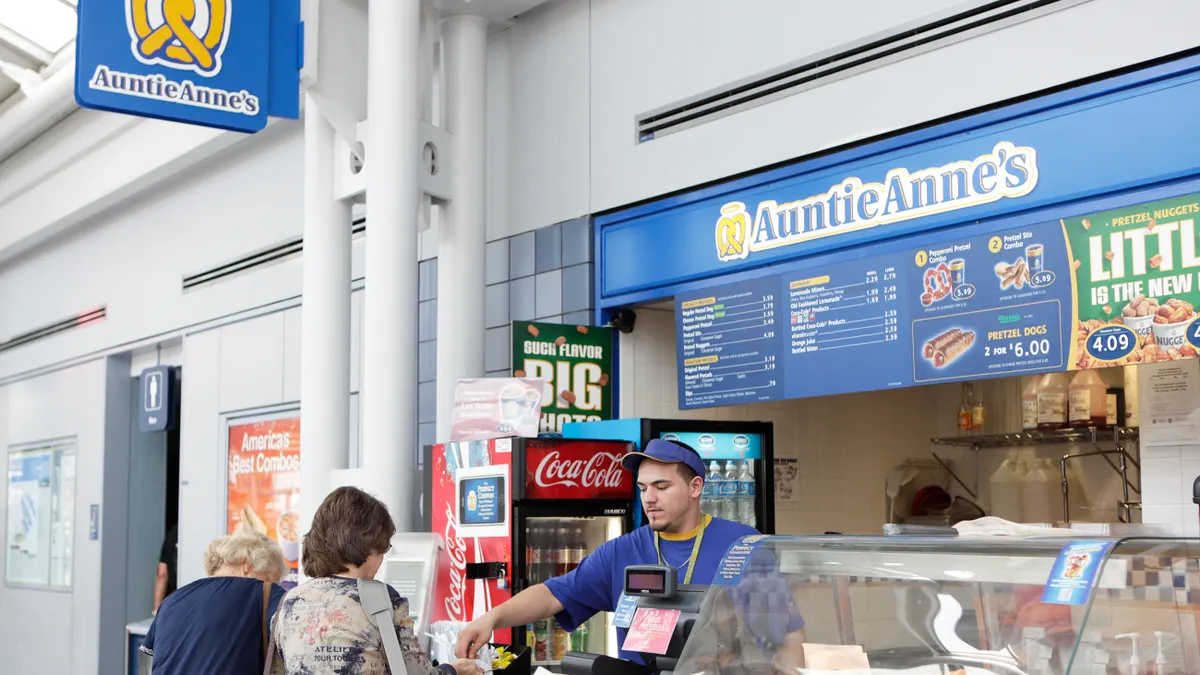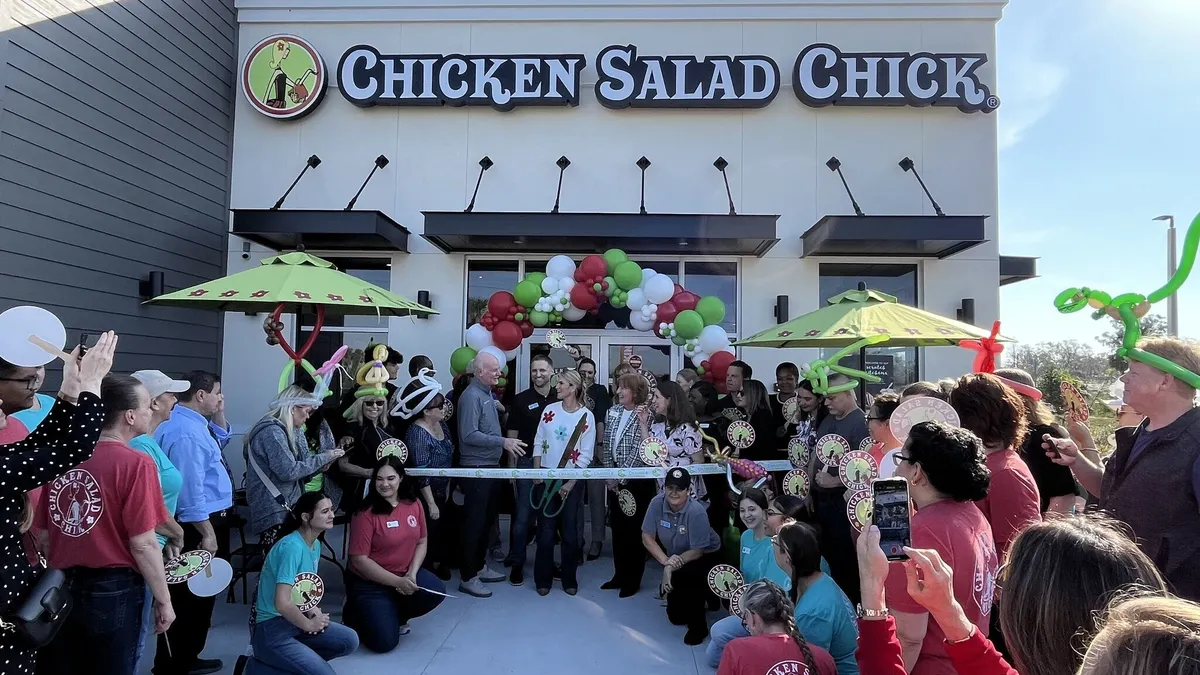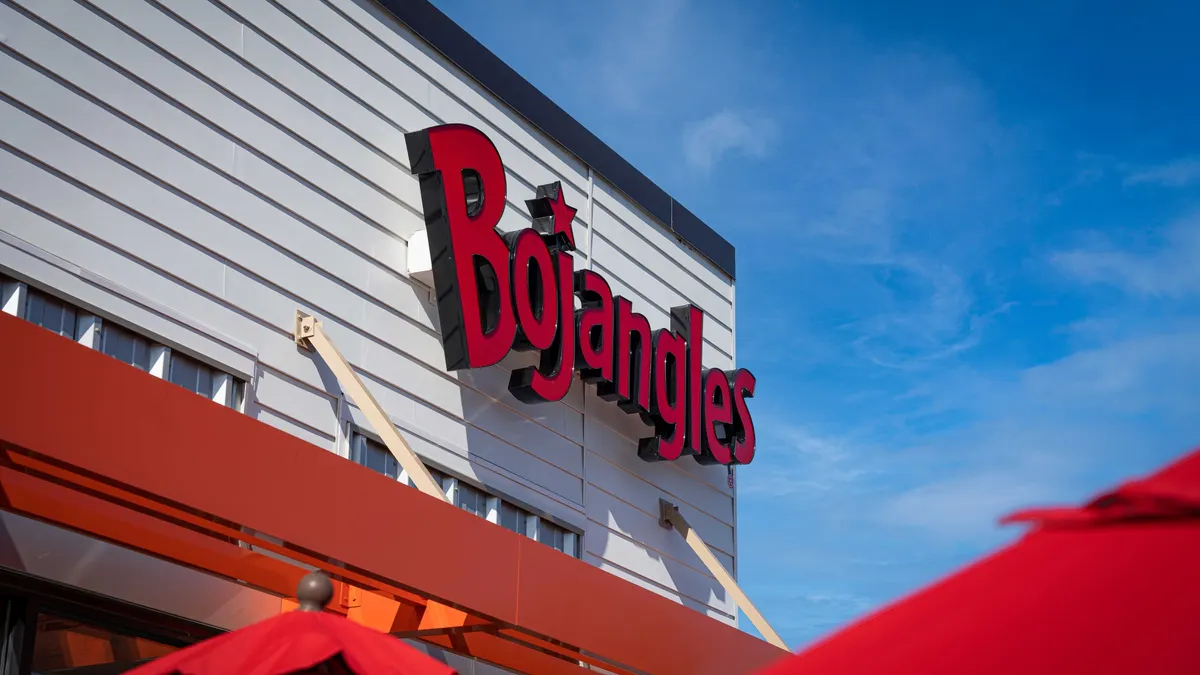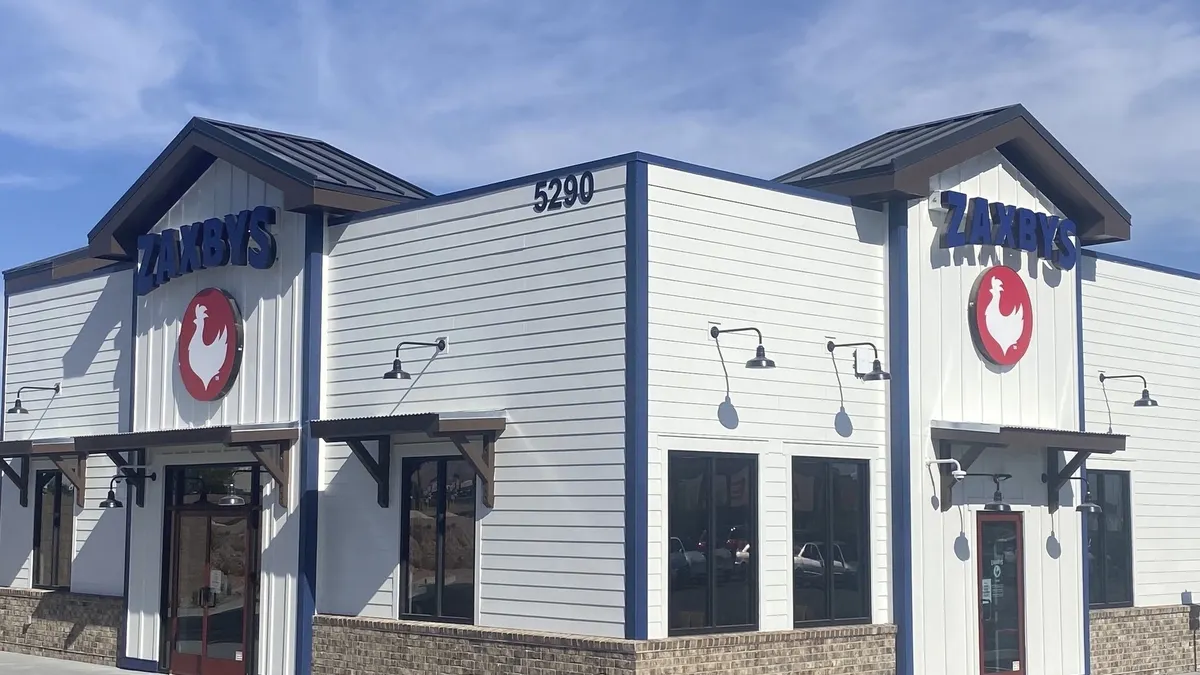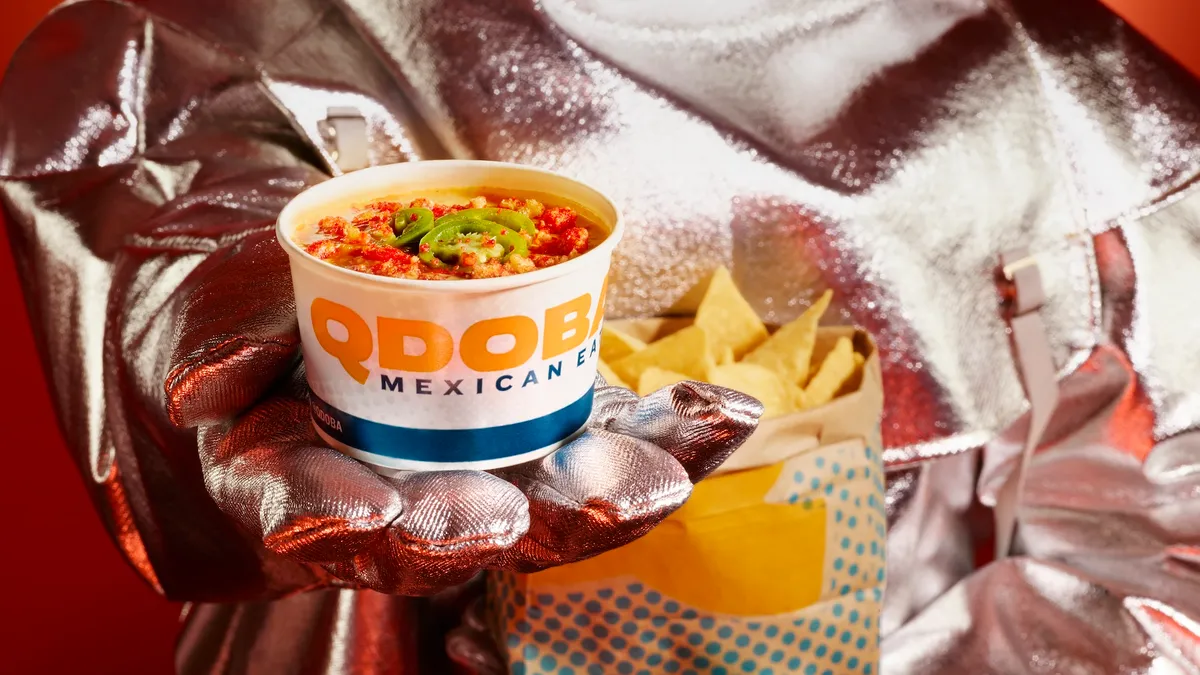When Ed St. Geme and Chris Britt bought Mountain Mike’s Pizza in 2017, the chain had about 170 restaurants across California and a handful in Oregon, Nevada and Utah. Alongside Jim Metevier, who joined the chain in 2018 as chief operating officer, the trio created a 10-year strategic plan that has driven sustainable growth. Last year, Mountain Mike’s surpassed 300 restaurants and is now working toward 350.
Metevier took the reins as CEO last year and has kept the chain focused on its growth strategy. During the first quarter of this year, the pizza chain opened nine locations, five of which were outside the chain’s home state of California, he said.
“There's a lot of green space out there that we can get into, but we’ve got to make sure we have the right franchisee, so that the restaurant has its best shot being successful,” Metevier said.
Pizza remains a significant restaurant segment, with one in every eight Americans eating pizza, Metevier said, adding that he expects the pizza segment will generate $50 billion in sales this year. Many rival pizza chains are pushing for expansion, including Marco’s Pizza, Mr. Gatti’s ,Donato’s and &pizza, which opened franchising earlier this year.
Mountain Mike's Fast Facts
Average unit volumes: $1.1 million (2024)
Where in operation: 10 states with plans to reach 15 states
Current unit count: Over 300
Franchised/company owned: 100% franchised
The fully-franchised company is moving further East and expanding beyond its California roots. In 2024, the brand opened 21 restaurants — its highest annual total of new units nationwide — including the entrance of the chain into Colorado and Washington, the company said in an emailed press release.
Metevier said he expects the chain to reach roughly 330 locations by the end of this year.
The company added 40 additional units to its development pipeline, including a 10-restaurant deal in Florida. The chain now has 140 locations in the pipeline and will expand from 10 states to 15 within the next year to 18 months. On the East Coast, Mountain Mike’s is working on developments in Virginia, particularly Northern Virginia, and Tennessee, Metevier said.
Part of Mountain Mike’s expansion plan has included working with suppliers to make sure the chain can expand without driving up the cost of products or impacting quality.
“The biggest differentiator for us is our product, and we want to make sure that we never give that up,” Metevier said. “We don’t want to cut corners anywhere.”
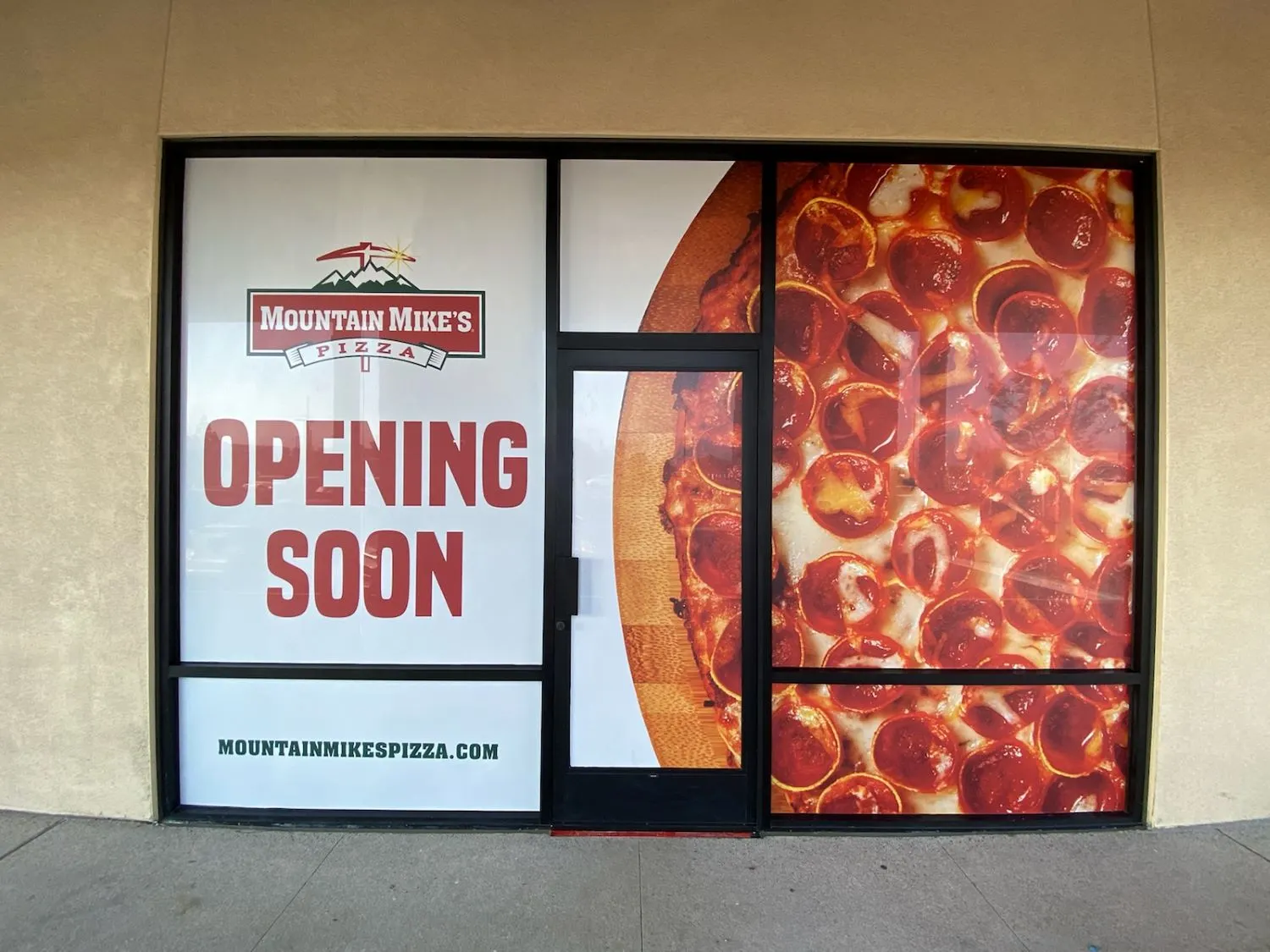
Mountain Mike’s strategic focus
The company’s strategic plan includes three elements. The first pillar is “strengthen the foundation,” Metevier said. That means using tools and processes to provide a better guest experience.
The second pillar is “driving the culture,” both within the restaurants and with its franchisees, he said. Management doesn’t act like a corporate headquarters, but as a franchise support center to its operators – focusing on building community, transparency and communication.
“We’re here to serve our franchisees and help them be as successful as possible,” Metevier said.
Metevier credits the company's culture and franchisee support as why it was able to drive AUVs up 40% in the first five years after Mountain Mike's was acquired.
Average unit volumes are currently at $1.6 million, according to the chain’s franchising website.
The third strategy pillar is to “grow the brand” by increasing same-store sales “because the more money that the franchisees can make on the top line, the more money they’re going to put in their pocket,” Metevier said.
Increasing profitability is also important because “happy franchisees making the most profit can actually, and hopefully will, invest in their restaurant and build new restaurants,” he said.
While growth is top of mind, the chain isn’t aiming for a particular unit count goal.
“All we care about is one number, which is 100% — meaning 100% of our franchisees are successful,” Metevier said. “We’re going to grow at a pace that is appropriate and thoughtful.”
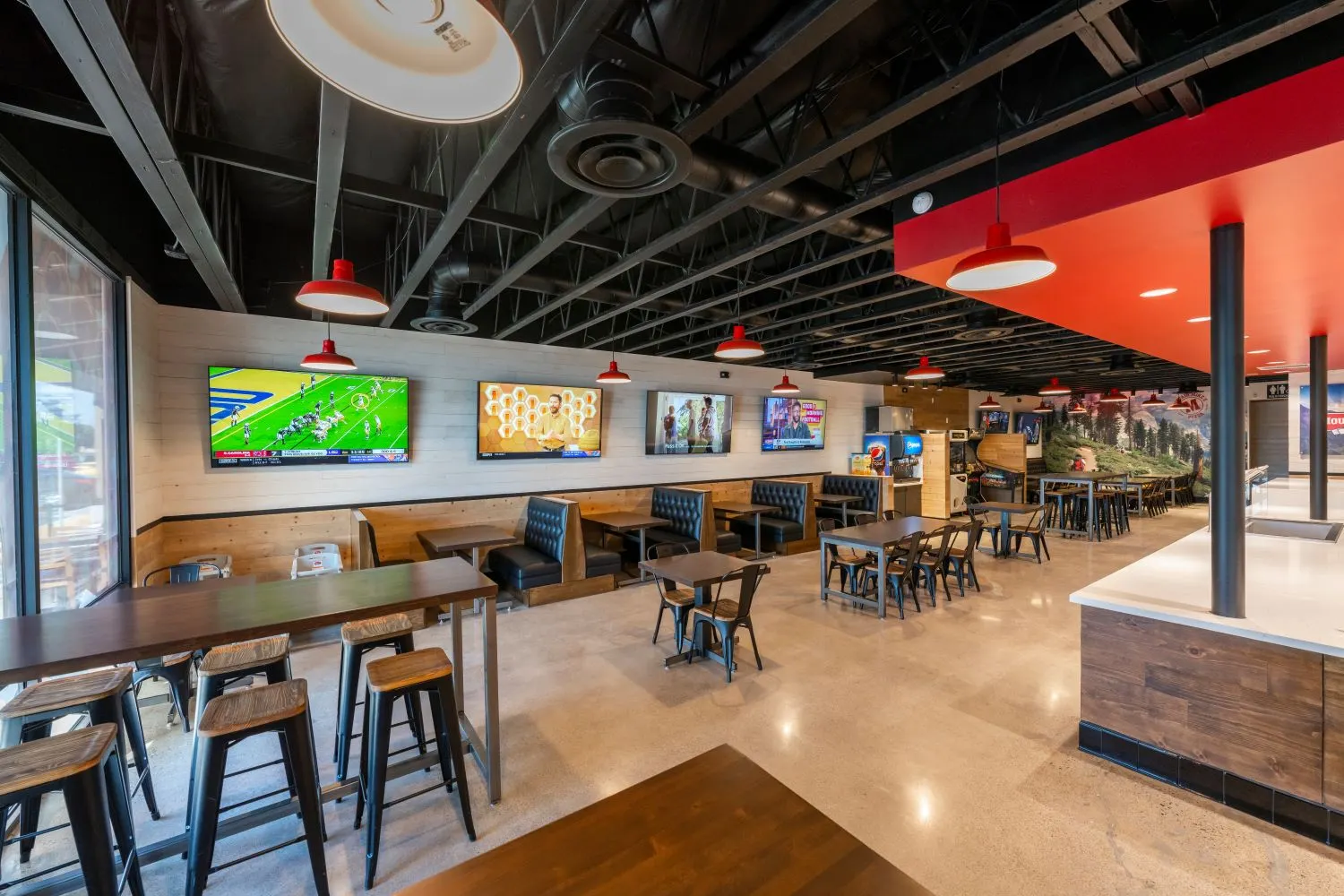
Supporting franchisees to create profitable locations
Mountain Mike’s ideal franchisees should have a hospitality-focused mindset, but don’t necessarily have to have restaurant experience, Metevier said. One of the chain’s most successful franchisees used to be an insurance broker, but he owned his market and knew the community well, Metevier said.
When that franchisee opened his first Mountain Mike’s, according to Metevier, he had the biggest sales opening the chain has ever had and has since maintained strong sales. Mountain Mike’s also works with operators who work with other proven brands and can easily add on another brand to their portfolios.
“We’re open to having conversations with a variety of people just to see if there’s a culture fit with us and they’ve got the mindset to be a great brand ambassador,” Metevier said.
Once an operator signs a development agreement, they will receive various forms of support. That includes helping operators finding and reviewing possible real estate locations. The chain has a development action committee, which includes Mountain Mike’s owners, Metevier and other team members, that meets every week.
The committee looks at not just trade area and site dynamics, but also the financial deal that a franchisee created. If the committee feels like the franchise has chosen a place that either isn’t a good fit for the brand or won’t be successful, it will deny the site.
“We’re not just trying to just open a restaurant,” Metevier said. “We’re trying to have a successful 25-year-plus relationship with the franchisee.”
The company does a franchisee orientation and provides in-depth franchise training and franchise business coaches who support them during opening and beyond. Training typically lasts about two weeks, but the timeframe can depend on the franchisee. Mountain Mike’s also offers a computer-based learning management system that the operators go through before the restaurant training.
“We're always kind of listening to what their successes are in the field, as well as what their struggles are because we're always trying to find solutions and get better and take best practices and share that across the system, so there's communication,” Metevier said.
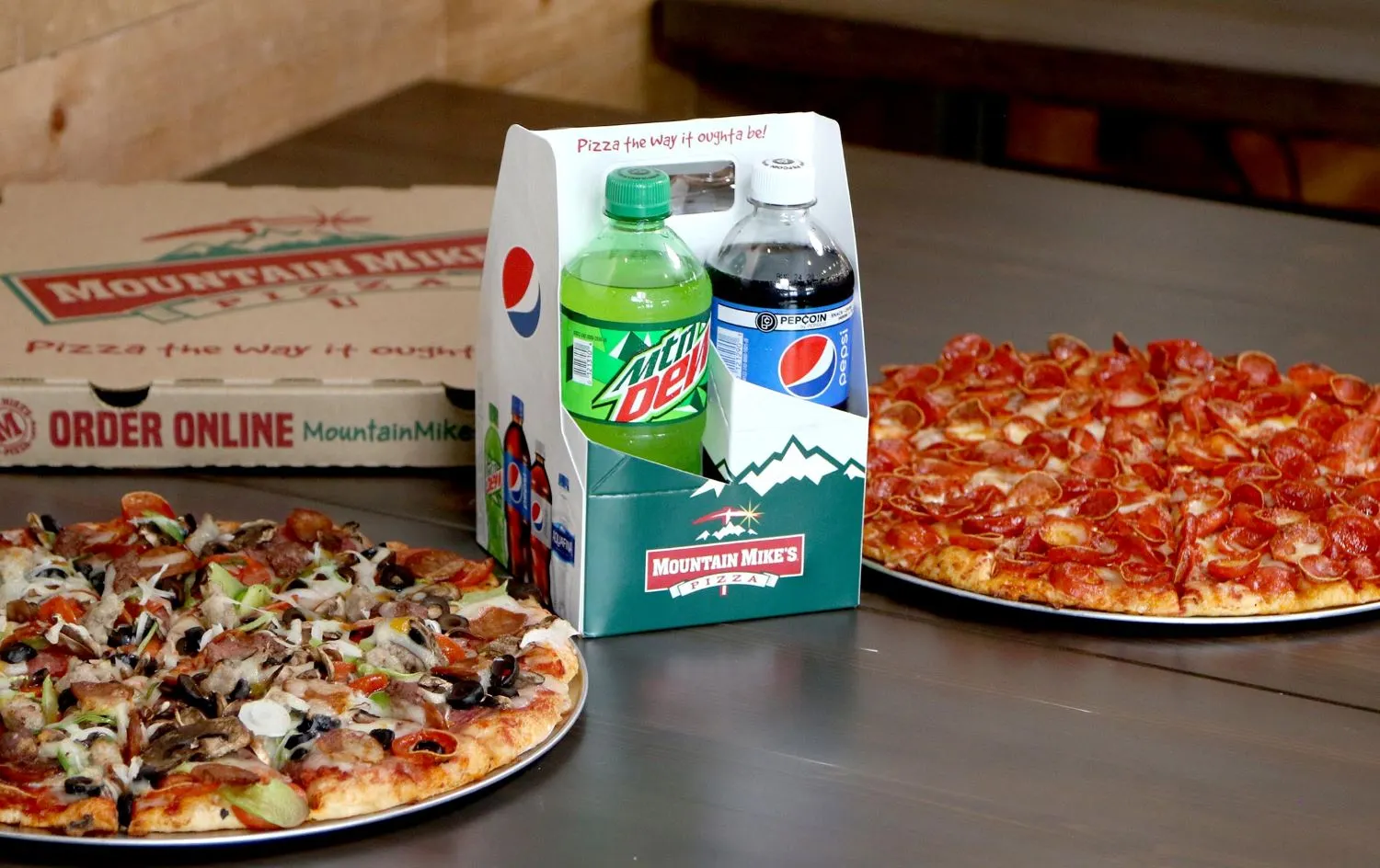
How Mountain Mike’s is staying competitive
While other pizza chains, such as Pizza Hut and QSRs, have been focusing on smaller restaurants and carryout and delivery, Mountain Mike’s has maintained its dining rooms and larger restaurants. Mountain Mike’s typically takes up about 2,000 to 3,000 square feet, with the exception of its largest location, which was built to 5,000 square feet about a year ago.
Mountain Mike’s aims to serve as a neighborhood pizza shop, and every one of its restaurants features a dining room, a salad bar and arcade games, Metevier said. It offers an all-you-can-eat pizza buffet weekdays from 11 a.m to 2 p.m. and an all-you-can-eat salad buffet all day.
“We’re the most connected in the history of time with all these devices and social media, but we’re also the most lonely because they’re not real connections," Metevier said. “People are craving community. … What better way to do that than to bring people in and gather around a pizza.”
Pizza makes up about 75% of the chain’s sales, but it also has a diverse menu of appetizers, including Mountain Fries, wings and boneless wings and desserts. Some restaurants offer sandwiches as well.
Metevier added that its salad bar makes the chain stand out, since it is hard to find a salad bar nowadays unless it’s from a salad concept.
“That's a key differentiator, and it's always also a veto vote for some folks, right?” Metevier said. “The kids might want to have pizza, but mom or dad might … feel like a salad.”
Mountain Mike’s has also been looking into technology as a way to enhance the guest experience and improve speed of service. That has sometimes meant being ahead of the trends, like aggregating with the third-party delivery apps to ensure there was a seamless experience for consumers and operators, Metevier said.
The chain always considers technology through the lens of consumer, operator and financial, he said. Reviewing technology means finding answers to questions like: Is it going to enhance the guest experience or solve a potential issue? Will operators be able to easily execute it or solve a problem in the back of house? Will it make money for franchisees?
“If it's checking all those boxes, then we're going to move forward with it,” Metevier said. “We have a roadmap and we’re always looking for things that will give us green lights on those three aspects.”
When it comes to artificial intelligence and automation, Metevier said that there needs to be a balance. While innovations like automated voice ordering is the future, Metevier doesn’t want technology to take away from the guest experience.
“We want that experience within the restaurant to be authentic,” Metevier said. “We don’t want guests to feel like they’re a number.”



